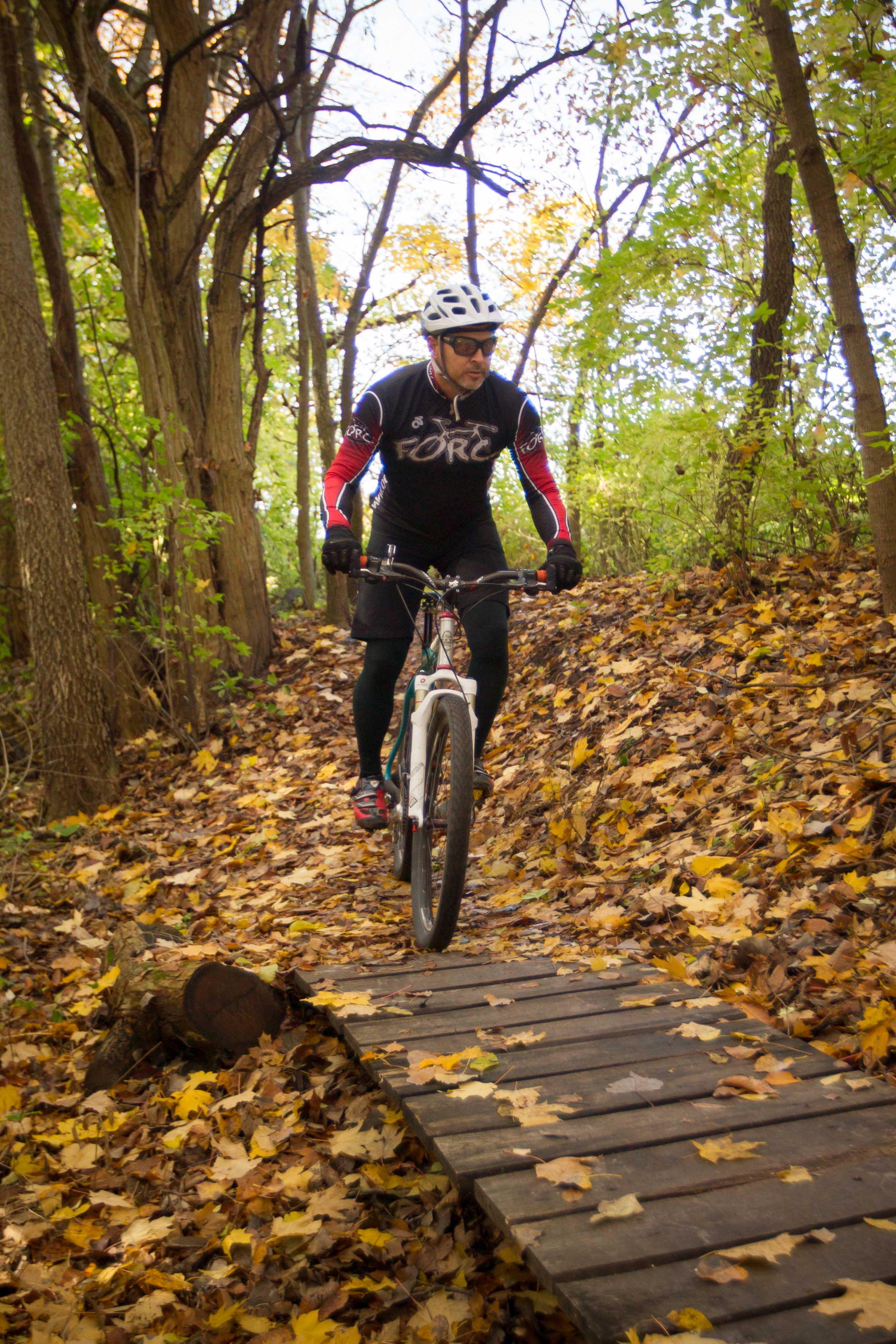

Various upgrades provide a double-jump and other mobility features.

Nitrogen in a diver’s body will expand most quickly during the final ascent, and allowing his body additional time to eliminate this nitrogen will further reduce the diver’s risk of decompression sickness.

A diver should ascend most slowly from his safety stop to the surface, even more slowly than 30 feet per a minute. The more shallow a diver is, the more rapidly the surrounding pressure changes as he ascends. The greatest pressure change per a foot of depth is near the surface. Making deep and safety stops makes sense! The less nitrogen in his system, the lower the risk of decompression sickness. Making deep stops and safety stops, even on dives within the no-decompression limits (dives that do not require decompression stops), will significantly reduce the amount of nitrogen in a diver’s body upon surfacing.
#The ascent fast travel series#
DAN ran a series of tests on divers who ascended at a rate of 30 feet/minute from repetitive dives to 80 feet. Without getting too technical, the study measured the nitrogen saturation of tissues that become quickly filled with nitrogen, such as the spinal column. A Diver’s Alert Network (DAN) study, measured the amount of nitrogen remaining in a diver’s system after a series of ascent profiles. When making deep dives (let’s say 70 feet or deeper for the sake of argument) studies have also shown that a diver who makes a deep stop based on his dive profile (for example a 50-foot stop on a dive with a maximum depth of 80 feet) as well as a safety stop will have significantly less nitrogen in his body upon surfacing than a diver who does not. A safety stop allows a diver’s body to eliminate additional nitrogen from the body before his final ascent.

In addition to slow ascents, scuba diving training organizations also recommend making a safety stop at 15 feet/ 5 meters for 3-5 minutes. Maintaining a slow ascent rate greatly reduces the risk of all forms of decompression illness.Īdditional Safety Precautions - Safety Stops and Deep Stops: A bubble may lodge in an artery feeding the spinal column, in the brain, or in a host of other areas, causing loss or impediment of function. This sort of decompression illness is called an arterial gas embolism (AGE), and is very dangerous. In this case, bubbles may enter his arterial circulation and travel through his body, eventually lodging in blood vessels and blocking blood flow. In a worst-case scenario, a diver who ascends quite rapidly may rupture small structures in his lungs known as alveoli. This is known as decompression sickness, and can be very painful, lead to tissue death, and even be life threatening. If a diver ascends too quickly, the nitrogen gas in his body will expand at such a rate that he is unable to eliminate it efficiently, and the nitrogen will form small bubbles in his tissues. The nitrogen gas compresses due to water pressure following Boyle’s Law, and slowly saturates his body tissues. During a dive, a diver’s body absorbs nitrogen gas. Quick ascents can lead to decompression illness.


 0 kommentar(er)
0 kommentar(er)
